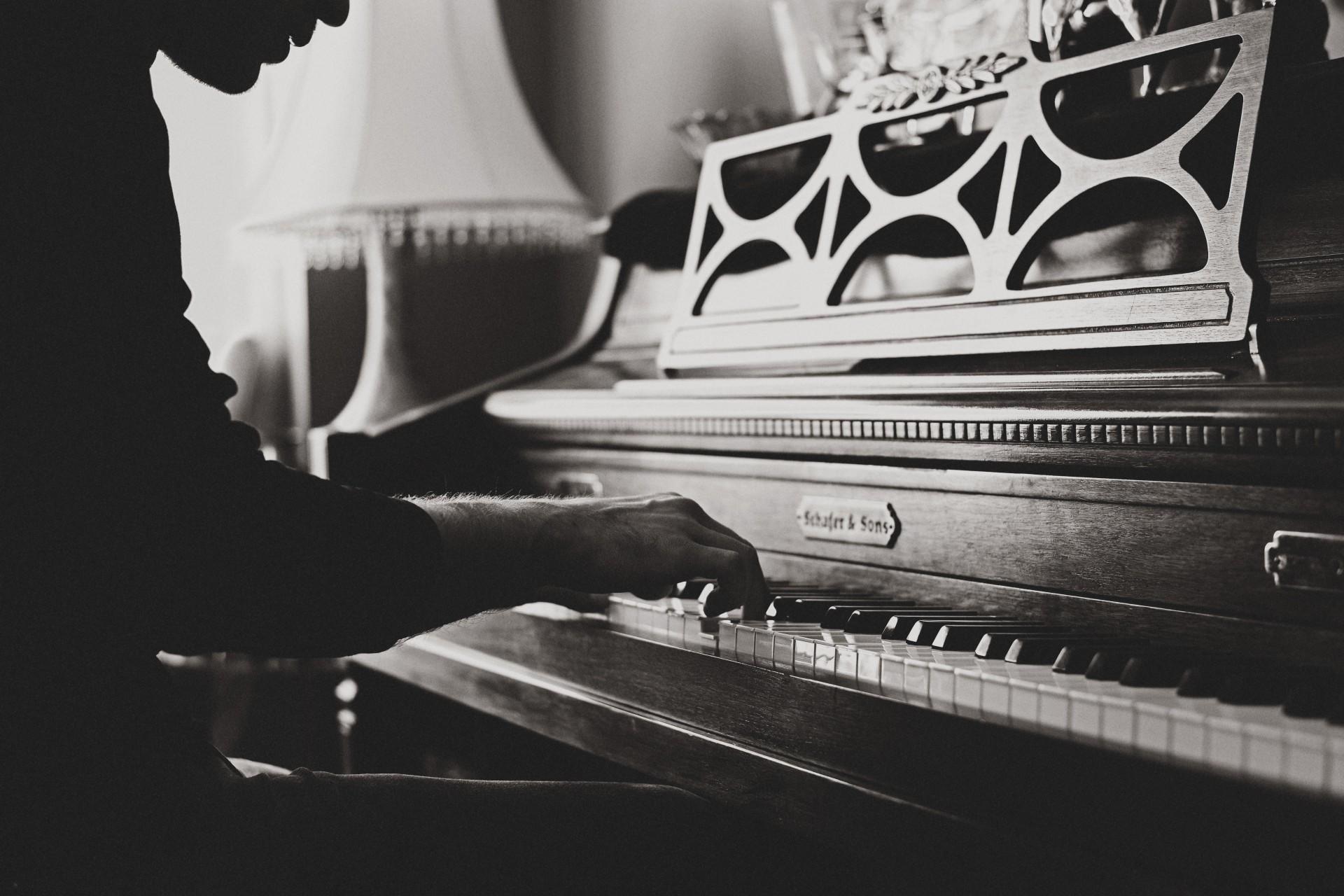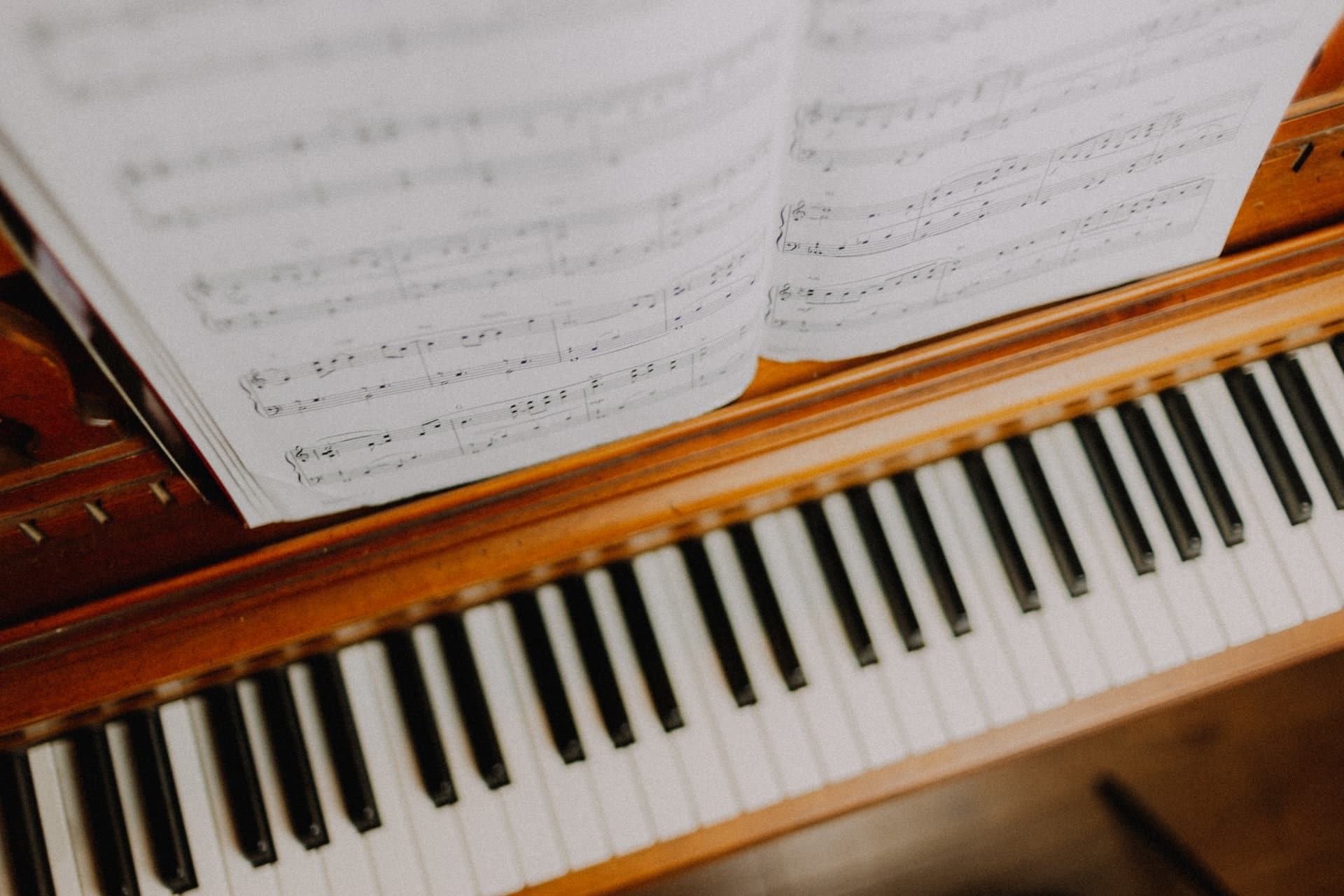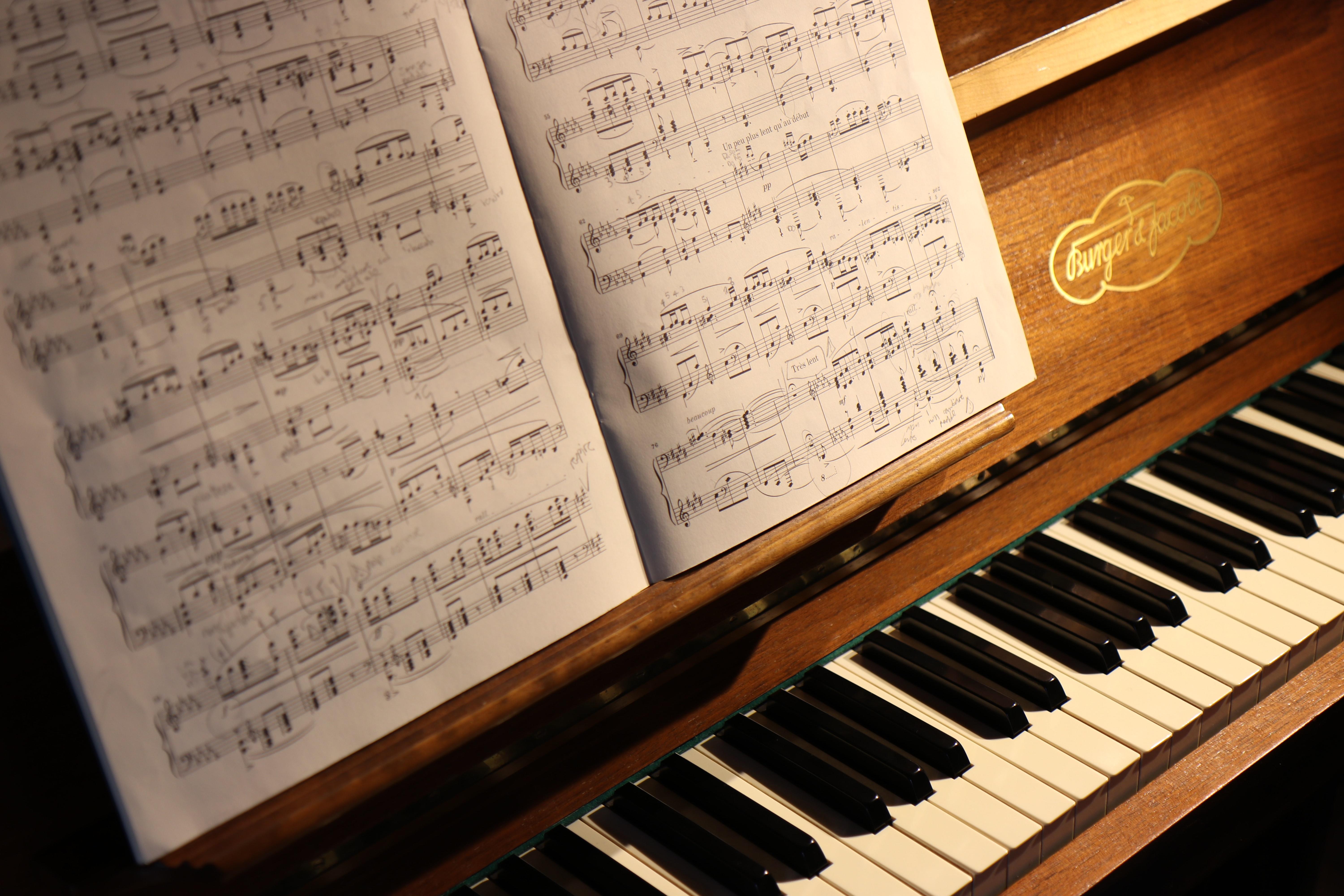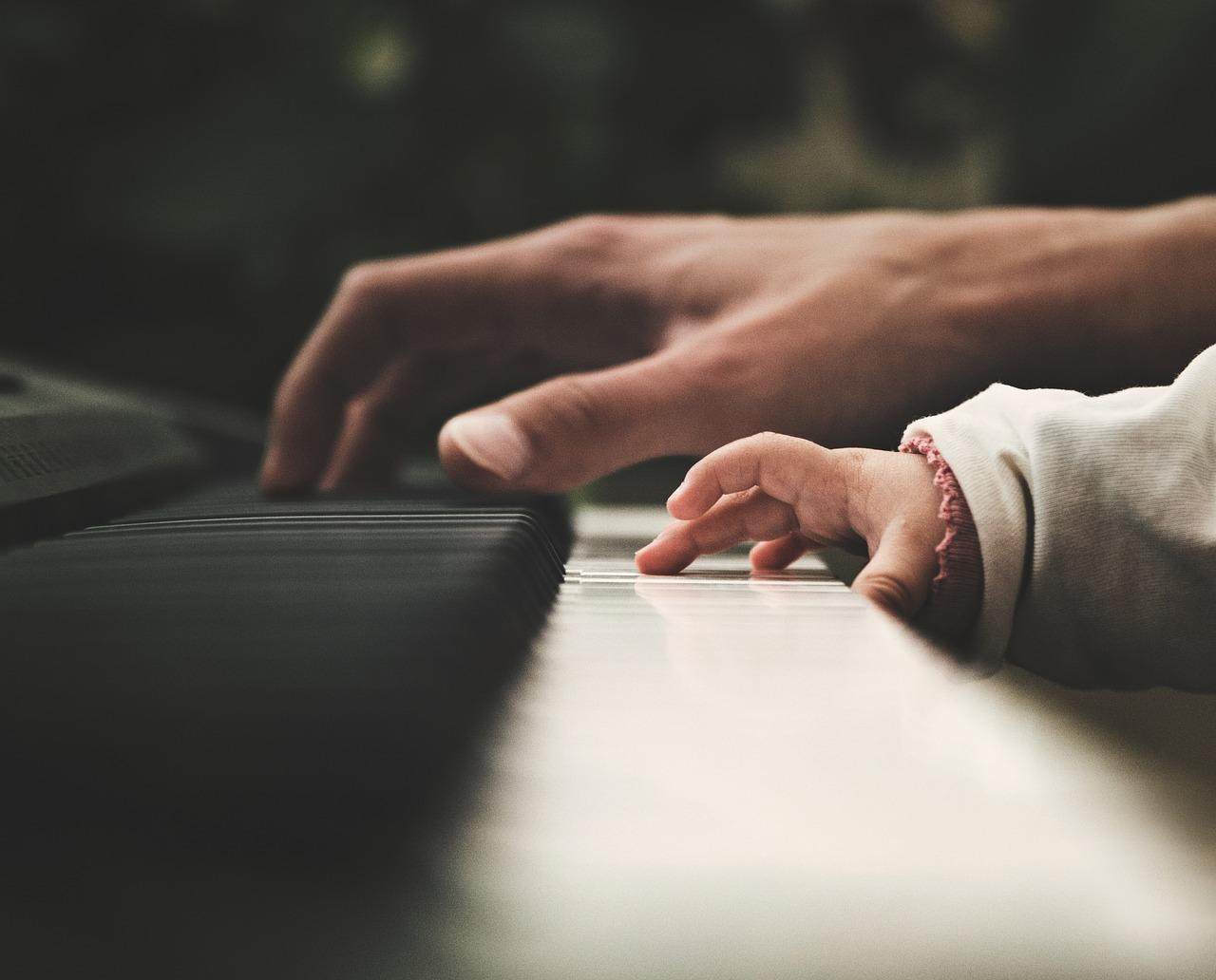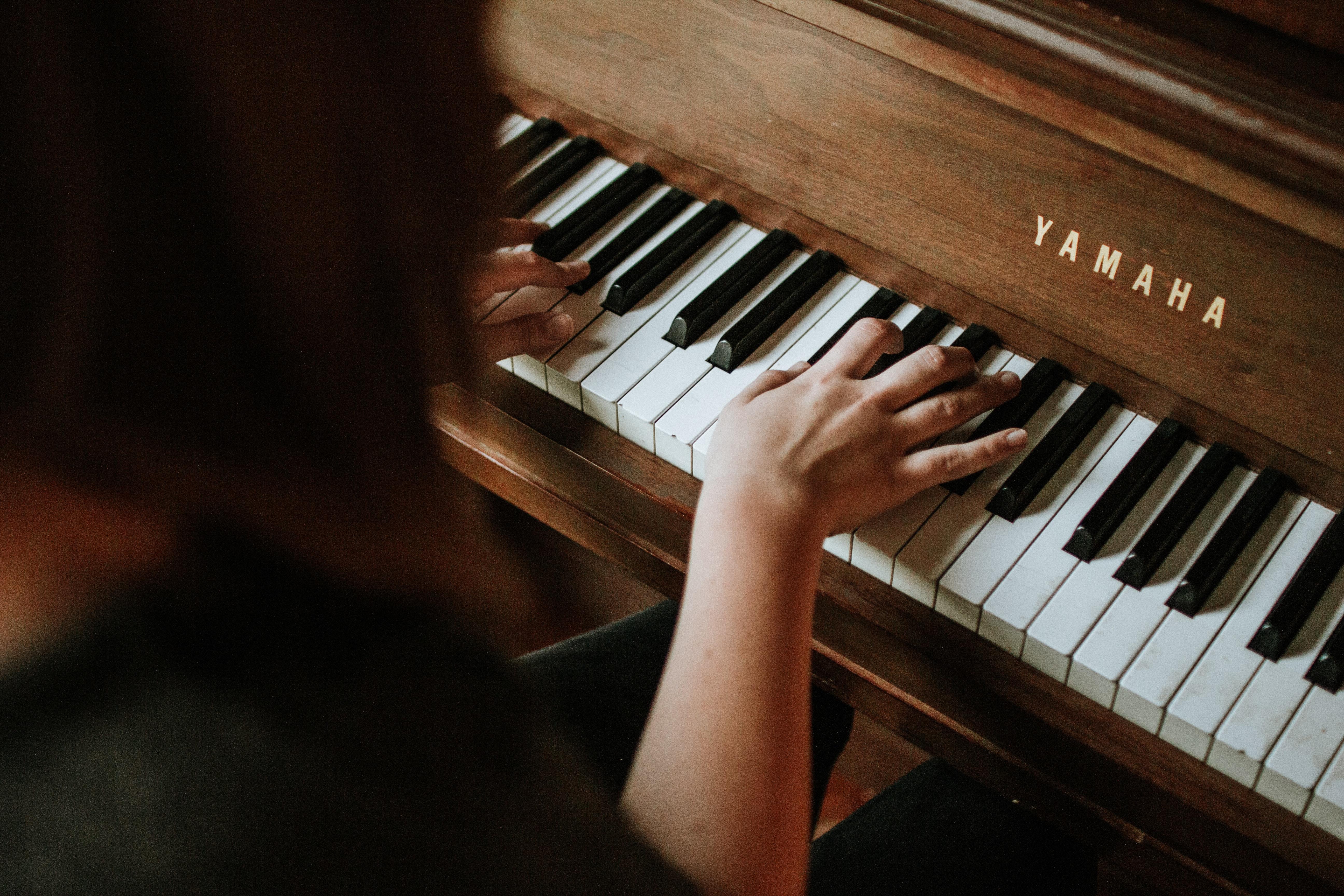Born in Italy at the dawn of the 18th century, the piano was remodelled several times in Germany, industrialised in the United States, and is now present in all music styles worldwide. Formerly reserved for the elite and upper bourgeoisie, this instrument became popular during the second half of the 20th century, and in the 21st century, it’s the electronic piano and the synthesiser that expanded its legacy and versatility.
The piano has a rich history and many functionalities. It became an instrument coveted for the beauty of its music and a piece of prestige furniture desired for the finesse of its cast iron frame. Therefore, knowing its culture and origins is essential for playing the piano well. Here is a general presentation with the most interesting piano facts; learn everything about the “king of the instruments”!

Who invented the first version of the piano?

Bartolomeo Cristofori, a Florentine, invented the first version of the keyboard instrument: the gravicembalo col piano e forte. This piano evolved from the monochord, the clavichord, and more directly from the harpsichord (with Cristofori being one of the leading makers of the time).
Cristofori's achievement lies in his development of the idea that pressing on keys could actuate hammers that would strike the strings in different dynamics; before, the instrument didn’t have the same variations, it always sounded at the same volume. Progressively, the process evolved, and an Alsatian family of German origin improved the plans and the hammer strike: the Silbermann family.
How old is the first piano?
The piano's first version, Cristofori’s gravicembalo col piano e forte, dates back to the 17th century, making it 300 years old nowadays. It was after its perfection with the pianoforte, around 1770, that the piano was really born, though the version that we know today was created in the 1880s-1890s decade.
The piano became one of the most important instruments in history as the flagship of the classical period of music with Bach (1685-1750), Mozart (1756-1791), and Schubert (1797-1828). The Industrial Revolution and the scientific works on acoustics, as solving mechanical problems, allowed the piano to become an economic outlet, creating a thriving and interesting market to exploit.
To develop their image and position themselves in this new industry, the emergent firms sought the image of the great pianists of their times to gain in rivalry with Beethoven, Schubert, and Chopin, lending their names to the great piano factories.
Thanks to that vision, the piano became a worldwide pleasure (making it possible to search for piano lessons Melbourne online), and the industry is still flourishing today.
Why is the piano called piano?
It’s the shortened version of the “gravicembalo col piano e forte” invented by Cristofori. Over time, the name was simplified to "pianoforte" and eventually shortened to just "piano," which in Italian means "soft/flat" (piano) and "loud" (forte). As we mentioned previously, Cristofori’s instrument was the first to produce both soft and loud sounds—a breakthrough at the time.
Taking piano lessons online is a good way to satisfy the curiosity for this emblematic invention.
Why do pianos have 88 keys?
So that pianists can reach their full creative potential. The piano's key layout - inherited directly from the harpsichord- remained long-term unchanged, with between 50 and 60 keys. The most significant change during those times came with the standardisation of the colour scheme in the 18th century.
But as music evolved in the 19th century, musicians sought to produce more sounds and reach their maximum expression potential, and the range of sounds was expanded by adding more keys. We passed from four octaves to over seven octaves with the 88 keys of today (36 black and 52 white).
In September 2018, Australia’s last piano maker, Stuart & Sons, built a 108-key piano—the first of its kind in the world—expanding the keyboard to nine octaves; it's recognised with the Guinness World Record for the most keys on an acoustic piano.
Why are piano keys black and white?
The colour of the keys helps pianists distinguish between the natural notes and their different pitches. The white keys on a piano (one per note) are the natural keys, each played in different registers, higher or lower. The black keys are the flats and sharps used to play variations of the notes. But it wasn't always this way.
It wasn't until the 19th century that piano keys changed to what we know today. The size of the instrument increased, along with the octaves, and it wasn't easy to distinguish between so many black keys; inverting the colours gave their image greater stability.

Did you know that Mozart played the piano with the colours inverted? Another theory for the changes on the piano keyboard, suggests that the low luminosity of big spaces at night - before the invention of electricity - made it difficult for the virtuosos to maintain their sight during their performances.
Other scholars suggest that the change was necessary because the black keys, made of wood at the time, shrank or expanded depending on the seasonal climate, making it necessary to prevent them from sticking together. If the white keys (previously made of ivory) were placed first, followed by the black keys, this problem would be solved. Find out more about these curious facts with a professional tutor, choose your private piano lessons Perth here.

Is the piano a string instrument?
The piano is a stringed instrument played percussively; it belongs to both string and percussion families. The fact that the piano's sound depends on the small hammer that vibrates the strings, classifies it as a member of both families.
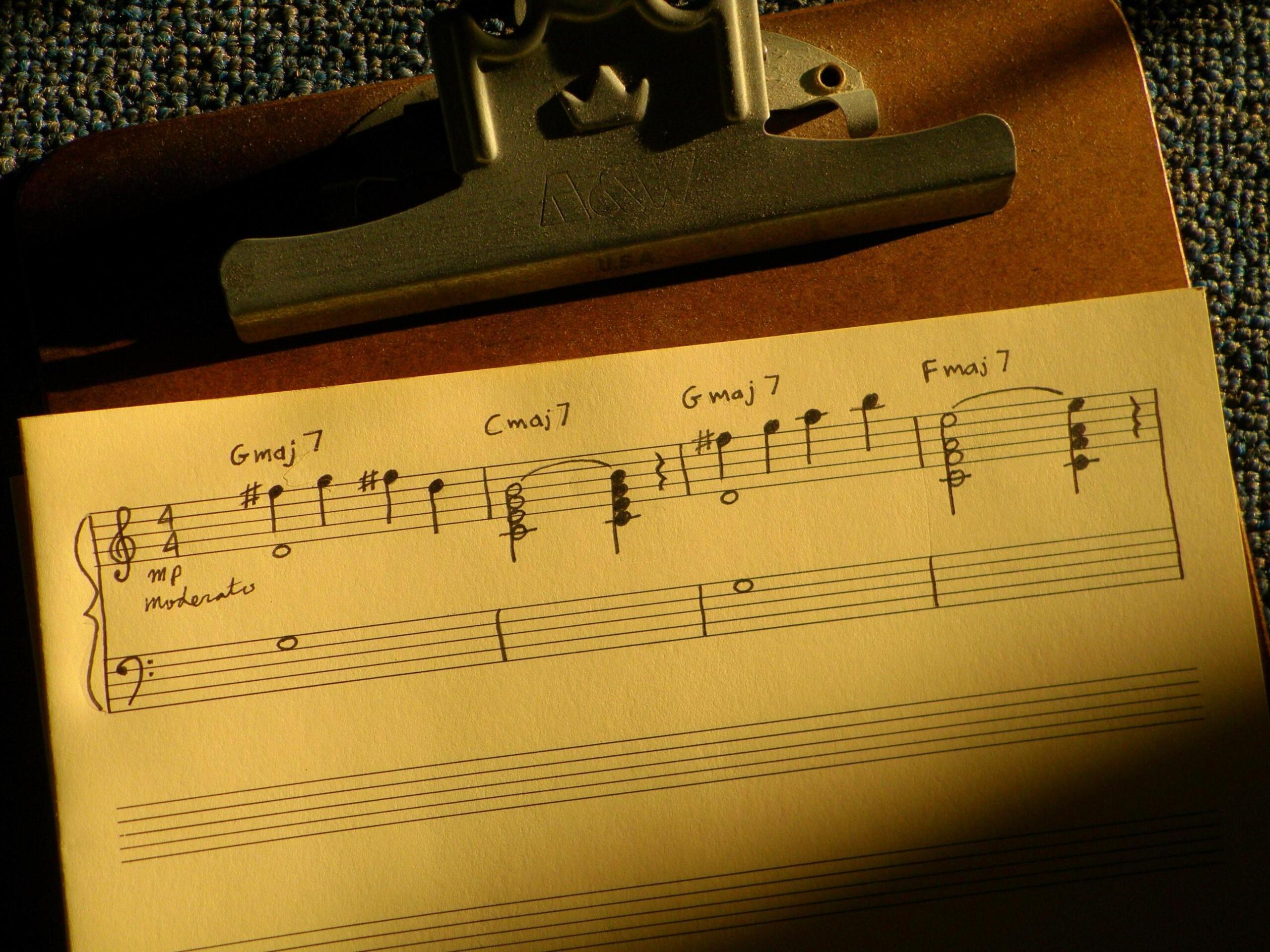
Since its first direct relative is the monochord (stringed instrument) and then the harps, the importance of the strings leads many to categorise the piano only within that family.
However, acoustic pianos produce sound when the player strikes the keys, which triggers a wooden hammer that strikes the strings; the vibration this generates is transmitted to a soundboard, which makes the sounds audible.
How many parts does a piano have?
A piano has around 12,000 parts and when played, more than 10,000 are in motion. We must distinguish between the internal and external parts of a modern piano.
The external part is composed of
- The keyboard
- The music stand/rack
- The pedals (damper, muffler, soft)
- The lid (for a grand piano)
The internal parts of a piano are
- The strings
- A cast iron frame
- The bridge
- The tuning machine
- The hammers
- The pinblock
- The Soundboard
Once you get familiar with all the piano parts, you will have to repeat your piano scores again, and again, and again to reach perfection. But if you are for the taste of challenge, here are some of the most difficult piano pieces.
When did the first piano arrive in Australia?
Australia’s first piano, a square piano owned by surgeon George Worgan, arrived with the First Fleet in 1788. In 1965, this historic instrument was discovered stored in a laundry room near Windsor, New South Wales.
It is believed to have been first used by Elizabeth Macarthur (who received it as a gift from George Worgan), possibly making her Australia’s first piano student. Today, the instrument belongs to the Western Australian Academy of Performing Arts (WAAPA).
When did the first electric piano appear?
In the 1950s, and before we even knew we could take online piano lessons, the modern electric piano appeared and was very well received thanks to its portability. With it, new sounds appeared, offering musicians a new range of notes and registers.
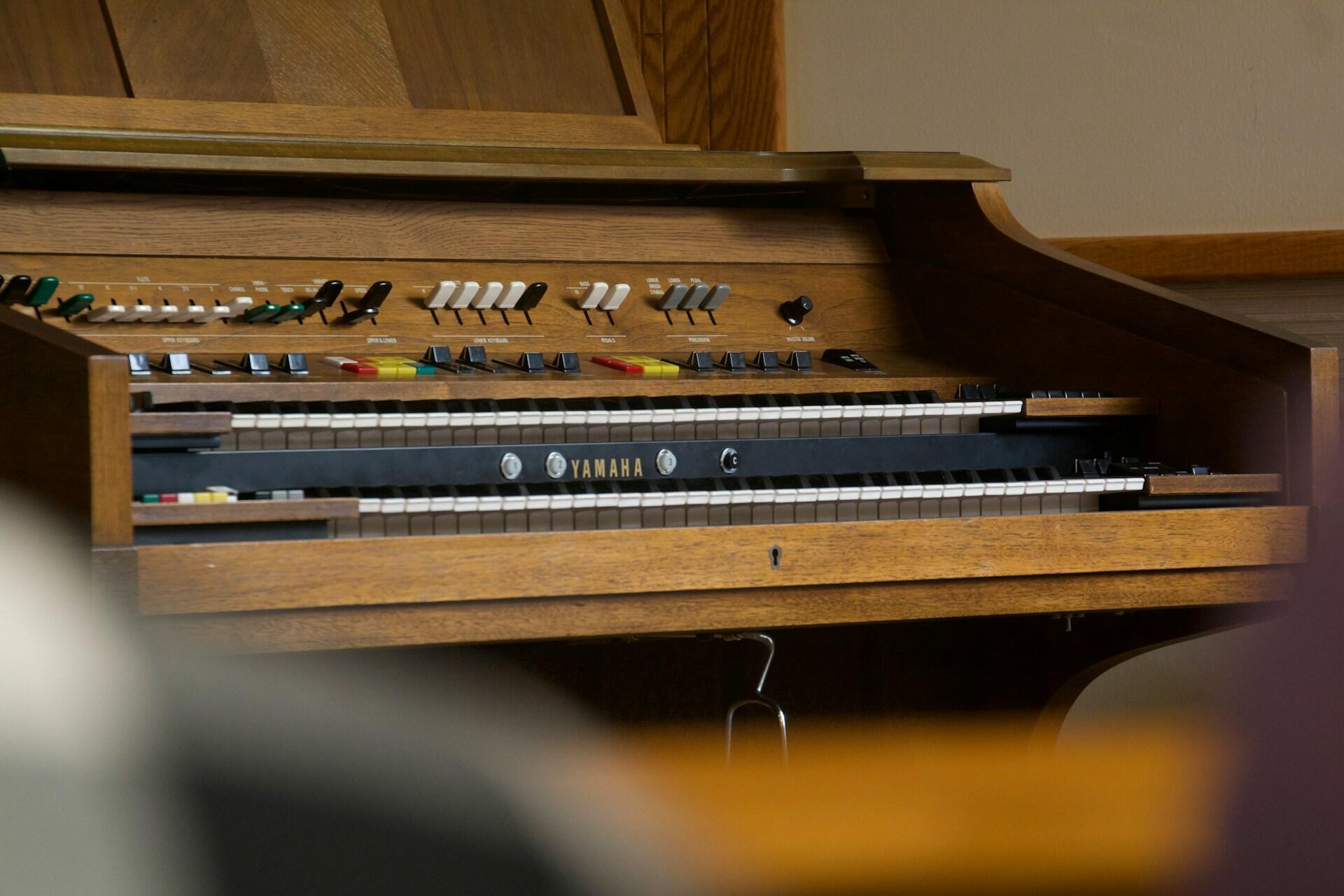
From then on, pianists could add to their melodies effects such as reverb, echo, choirs, organ or harpsichord sounds, and bass.
But one of its most important contributions—through affordability and portability—was making it accessible to the entire world by making the instrument affordable to the middle class. Yamaha and Bösendorfer made it much more accessible and became the leading reference companies for aspiring pianists.
Why is the piano called the king of instruments?
Due to its wide range of sounds, the deep bass and treble, the piano encompasses all the instruments in a classical orchestra. Guitars and violins have four octaves, while the piano, with its 88 keys, has seven octaves, confirming its position as the instrument with the broadest tonal range of all. Its dynamism and versatility allow musicians to explore their creativity in unique ways.
What is the most expensive piano in the world?
Although many believe the crystal Heintzman model from Heintzman & Co. is the most expensive piano ever made, valued at $3.2 million USD (almost $5 million in AUD), the world's most expensive piano is actually the one that appeared in Humphrey Bogart's film, "Casablanca."
In one of the key scenes, Sam, played by Dooley Wilson, plays the famous song "As Time Goes By" at the request of Ilsa Lund (Ingrid Bergman) on this antique upright piano (believed to have been made in the 1920s).
It has only 58 keys, is made of wood and decorated with Moroccan motifs, and was auctioned in 2014 for $3.4 million USD (5.2 million AUD). Its previous owner was a dentist who had acquired it in the 1980s.
The most expensive piano ever made is the Heintzman. Made of crystal, it was used publicly only at the 2008 Beijing Olympics by renowned pianist Lang Lang, who played the melody "Starlight" for eight minutes, and today it belongs to a private collector.
Some of the great piano geniuses have made their pianos to be some the most expensive ones in history due to their musical legacy, take note from the best in this instrument thanks to the greatest pianists in the world.
What is the best piano in the world?
The Concert Grand 290 Imperial by the Austrian brand Bösendorfer, one of the world's leading piano manufacturers, is considered by many virtuosos to be the number 1 thanks to features such as its "imperial sound," made possible by its 97 keys that offer eight full octaves, allowing the performance of musical works with unique precision.
Made with the finest woods, this piano's strings have a unique detail: they are individually tied together with a handmade loop, which improves tuning stability over time.

















